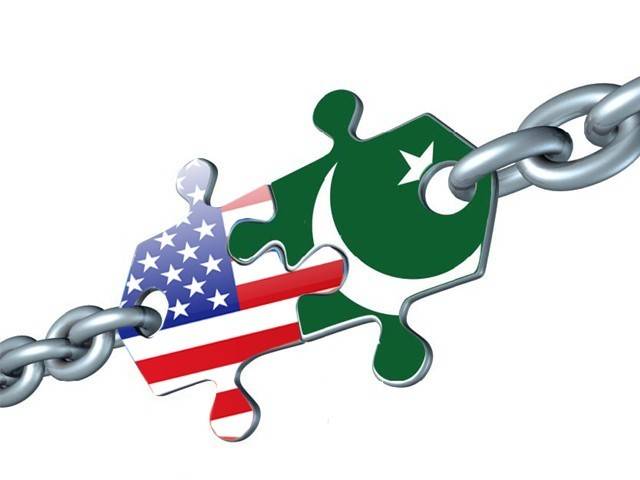The ‘strategic dialogue’ that took place this week between the US and Pakistan, is a rather strange arrangement as the dialogue itself assumes that both discussants have a strategic vision in the region that forms the crux of the dialogue between the two. Most are aware of US strategic vision for Asia post Cold War that rests firmly on securing hydrocarbons from the Caspian Sea, outwitting Russia in Central Asia and containing China through pitting India against her. The US has invested much financial, diplomatic and human resources in trying to secure this strategic vision, with huge economic and military investments in Central Asia, a prolonged war in Afghanistan and preparing India psychologically to play the role that has been set for her since the 1990s. Although the US has experienced frustrations as a result of ups and lows in Indian politics, it now seems that the US has her man in Modi, as it is apparent that Modi is a firm believer in India playing this role and having the potential to do so. President Obama’s three day visit in January to India where a host of strategic issues will be discussed is further evidence of the high level diplomatic courting of India. An important question that arises is: if the US has a clear strategic projection in the region which she has embarked on post Cold War, and has put in place the relevant political, economic and military infrastructure to push ahead with its projection, what role does Pakistan play in this projection? Or can it be argued that Pakistan has its own strategic vision for the region; if it does, then naturally the question that arises is-what is this vision and how has the existing leadership in Pakistan acted to execute this vision?
A strategic vision is naturally not born in a vacuum but is an outcome of the ideology that a state adheres to. In the case of the US, capitalism has created a particular mindset in US leadership that the US has to be ahead of the game in controlling global economic resources, entering lucrative markets, having a grip over the supply of hydrocarbons and pushing back any threats it sees to her leadership in the world. It is from this mindset that the US strategic vision was formed post 1945 when the US took a more active interest in the world and post Cold War when she had prevailed over her Communists. Importantly, in both epoch’s pre 1990 and post 1990, the US used other states, institutions and non state actors to execute her strategic vision. During the Cold War, this was clear with states used across the world, in particular in South Asia. Pakistan had a key role to play in keeping the Communists out and its membership of CENTO and SEATO confirmed this. Pakistan was consumed in this world power rivalry and was not able to set her own strategic vision, which is an obvious outcome of Pakistan being in an ideological dilemma post 1947, with the inability to firmly decide what direction it wants to take- to be fully secular or Islamic- and it is this dilemma which has trapped Pakistan as world powers compete to execute their strategic visions through her. If Pakistan had overcome this dilemma, it would have been able to be in a position to be possibly more assertive, confident and aggressive in its foreign policy positioning as she would have had clear strategic projection, which would have prevented her from being used in the Cold War for US strategic vision in the region.
Post Cold War and 9/11, not much has changed on the Pakistan front, with her still being in an ideological flux with one foot in secularism and the other in Islam, leading to her unable to define her strategic vision. The famous German Statesman Otto Van Bismarck, who headed the German state of Prussia, being a capitalist nationalist, had a strategic vision of unifying 27 German states and converting them into one strong economic and military power that had outward projections. Germany became a strategic threat to other European countries, evident by their gradual entrance in to both World Wars to contain Germany from rattling their strategic interests in Europe. Germany became assertive and aggressive resulting from her strategic vision that prevented her from falling into the hands of the Russians, French or British as they competed using European proxies for their own strategic projections. Unless Pakistan is able to sort out her ideological confusions, it will remain as an eagle that has been entrapped, but will continue to be released when global powers, in this case the US, want it to ‘do more.’ As is clear, Pakistan’s operations post 2006 to this time in the tribal areas have been enacted to stabilize Afghanistan for the US, as mentioned by retired Ltd General Shahid Aziz in his book ‘Yeh Khamoshi Kahan Tak.’ Clearly these operations have not been in Pakistan’s best interests given the high level of blowback, rupturing of relations with a friendly neighbor and allowing space for India to increase its presence in Afghanistan.
All of this could have been avoided if Pakistan had her own vision for the region, but it has not been able to put anything on the table, allowing the US to dictate her strategic vision.
The writer is an assistant professor of political science at LUMS.
The author can be contacted at twitter: @mk_zahid






